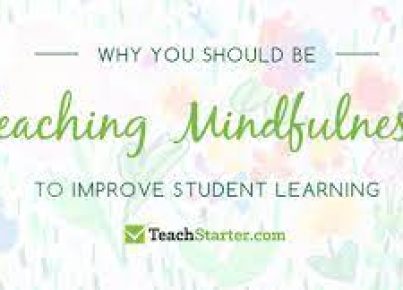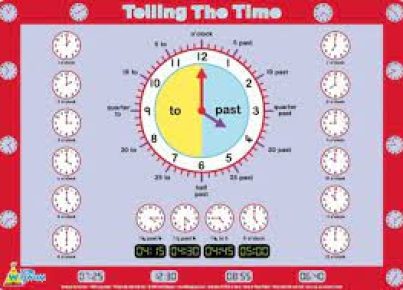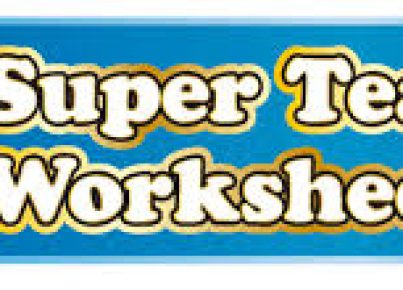Setting up guided reading groups and integrating reading activities in the classroom is a powerful way to enhance students’ literacy skills. The objective of guided reading is to provide differentiated teaching that supports students in developing reading proficiency. Here’s how you can set up these groups and some activities that can be implemented.
1. Assess Student Reading Levels
Begin by assessing each student’s reading level through individual reading inventories or standardized tests. This helps place students in appropriate guided reading groups.
2. Create Small, Flexible Groups
Divide students into small groups (4-6 students) based on their reading levels. These groups should be flexible, allowing for movement between them as students progress or need extra support.
3. Select Appropriate Materials
Choose books or texts that are just right for the skill levels of each group. The text should offer a bit of a challenge, but not be so difficult that it becomes frustrating.
4. Schedule Regular Sessions
Dedicate time for guided reading sessions in your weekly schedule. Each group should have regular, focused reading time with the teacher.
5. Plan Targeted Lessons
Design brief lessons that focus on specific skills such as decoding, fluency, comprehension, or vocabulary.
6. Rotate Groups Thoughtfully
While one group works with the teacher, other students can engage in meaningful literacy activities independently or with peers.
7. Monitor Progress
Keep records of student progress and use this data to inform your instruction and to make adjustments to groupings as needed.
8. Train Students on Group Expectations
Teach students what to do during their guided reading time, including how to behave when not working directly with the teacher.
Activities for Guided Reading Groups
Before Reading: Picture Walks
Have students preview the illustrations in a book to make predictions about the story and discuss unfamiliar vocabulary.
During Reading: Whisper Reading
Allow each student to quietly read aloud simultaneously to practice fluency while you listen in turn and provide immediate feedback.
After Reading: Retelling Activities
Encourage students to retell the story in their own words, focusing on the sequence of events, character actions, and settings.
Word Work Games
Incorporate games that focus on phonics, such as matching rhyming words, segmenting sounds in words, or sorting pictures by initial sounds.
Comprehension Graphic Organizers
Use graphic organizers like story maps or Venn diagrams to help visualize and compare story elements or themes.
By following these steps and incorporating engaging activities, educators will establish an effective guided reading framework which will support their students in becoming proficient readers.





